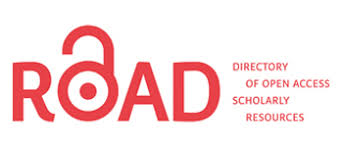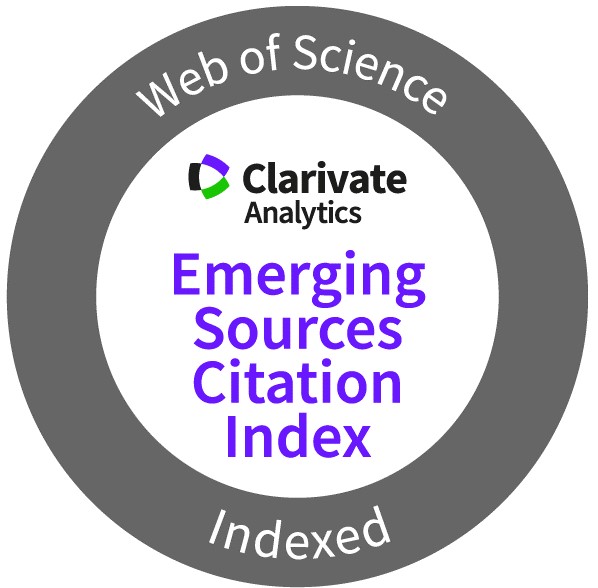Aproximación a la medición del Autoconcepto Físico en Deportistas Peruanos
Resumen
El estudio tuvo como objetivo realizar un análisis preliminar de las propiedades psicométricas del Cuestionario de Autoconcepto Físico (CAF). La muestra estuvo conformada por 354 adolescentes, varones (63%) y mujeres (37%), que practican taekwondo de cinco academias especializadas de la ciudad de Trujillo (Perú), cuyas edades oscilan entre los 12 y 19 años de edad, con una edad promedio de 15.36 (DE = 2.10), seleccionados de forma no probabilística. Los resultados indican que el CAF, en la muestra estudiada, tiene una estructura diferente a la original, midiendo una dimensión de autoconcepto físico general conformada por tres dimensiones específicas, observándose además, adecuadas estimaciones de confiabilidad para la escala general (ω = .95) y los tres factores obtenidos (.78 a .92). Se concluye que se tiene justificación empírica para el empleo del CAF como medida del autoconcepto físico en adolescentes que realizan práctica deportiva en base a una estructura factorial parsimoniosa y simple de interpretar, sugiriendo a su vez la realización de otros estudios que permitan verificar la estructura en un muestra diferente a la aquí estudiada.
Publicado
Cómo citar
Número
Sección
Los autores que publican en esta revista están de acuerdo con los siguientes términos:
- Los autores conservan los derechos de autor y garantizan a la revista el derecho de ser la primera publicación del trabajo al igual que licenciado bajo una Creative Commons Attribution License que permite a otros compartir el trabajo con un reconocimiento de la autoría del trabajo y la publicación inicial en esta revista.
- Los autores pueden establecer por separado acuerdos adicionales para la distribución no exclusiva de la versión de la obra publicada en la revista (por ejemplo, situarlo en un repositorio institucional o publicarlo en un libro), con un reconocimiento de su publicación inicial en esta revista.
- Se permite y se anima a los autores a difundir sus trabajos electrónicamente (por ejemplo, en repositorios institucionales o en su propio sitio web) antes y durante el proceso de envío, ya que puede dar lugar a intercambios productivos, así como a una citación más temprana y mayor de los trabajos publicados (Véase The Effect of Open Access) (en inglés).










